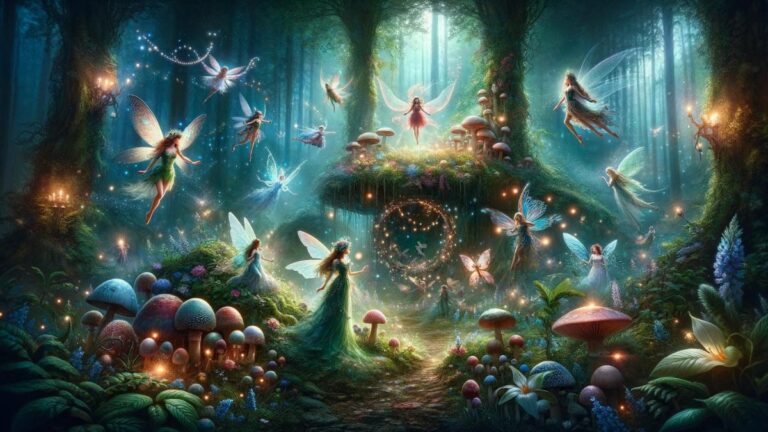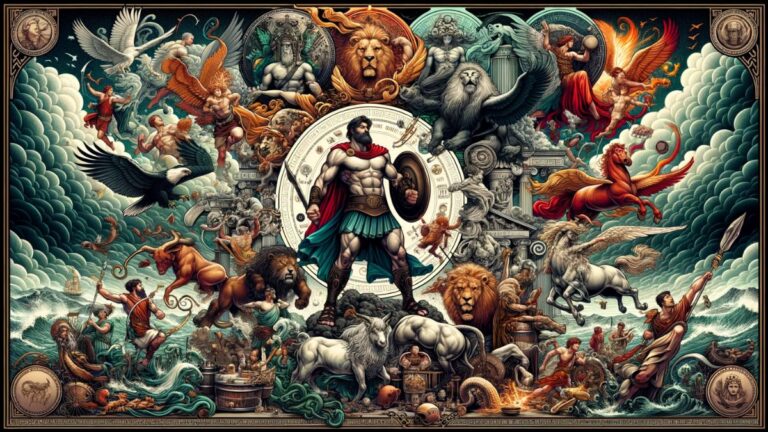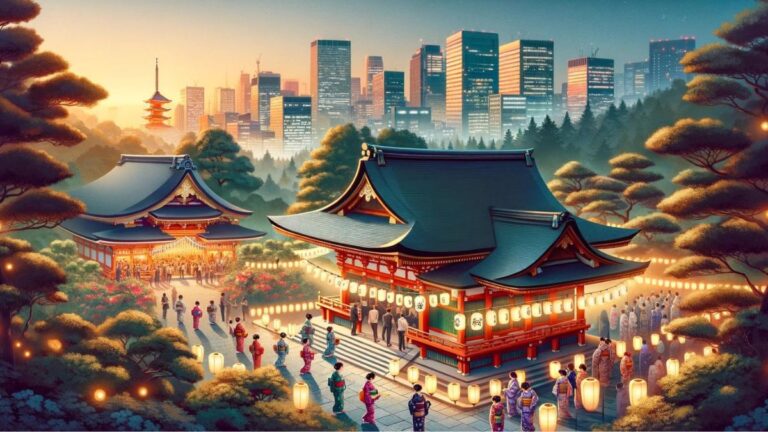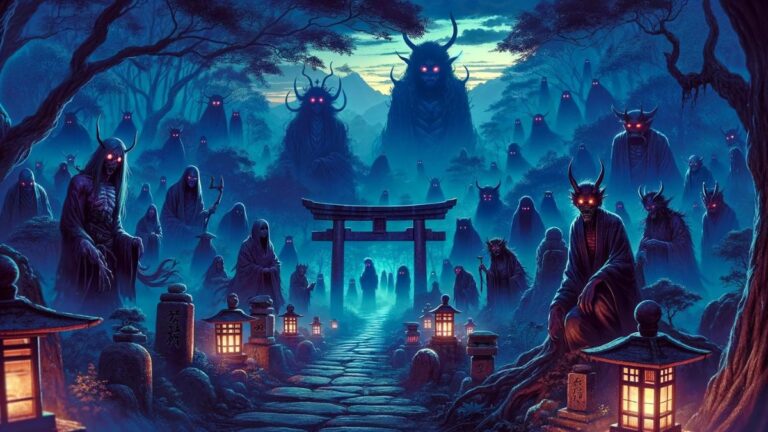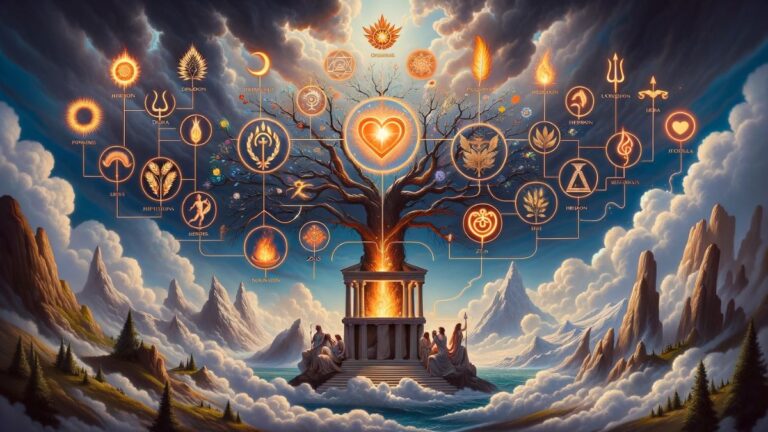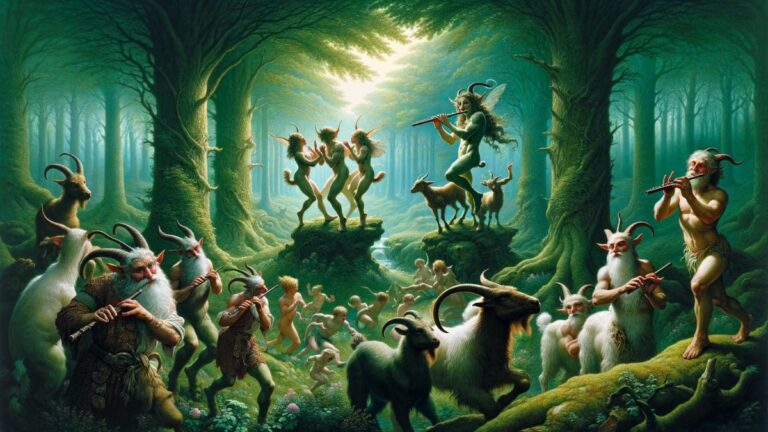Types of Unicorns: A Comprehensive Guide to Their Varieties
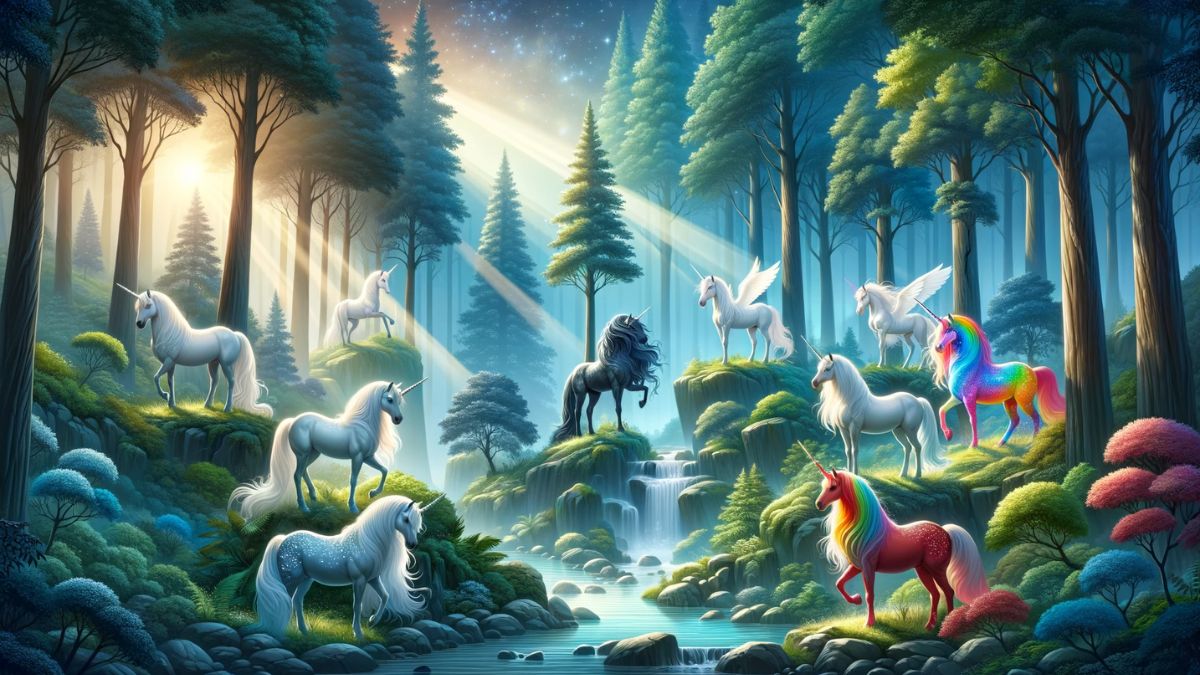
Unicorns have captured the human imagination for centuries, often symbolizing purity, grace, and magic. However, these mythical creatures are not limited to a single form or habitat. Across different cultures and mythologies, unicorns appear in a multitude of varieties, each with its own unique characteristics and lore. In our comprehensive guide, we delve into the fascinating world of unicorns, exploring the diverse types that have been depicted in stories, art, and folklore. From the classic European unicorn to the lesser-known varieties from around the world, this guide offers a window into the rich tapestry of mythical equines that continue to enchant us.
The Classic European Unicorn: Origin and Characteristics
The Classic European Unicorn, often depicted as a majestic white horse with a spiraling horn, is deeply rooted in Western mythology and literature. Its origins trace back to ancient Greek writings, where it was described as a creature from India, symbolizing purity and grace. Renowned for its singular ivory horn, believed to have the power to purify water and heal sickness, the European unicorn is often portrayed in medieval and Renaissance art, often symbolizing chastity and divine power. This unicorn’s appearance is marked by elegance, with a long, flowing mane and deep, expressive eyes, embodying a blend of beauty and strength.
In medieval lore, the European unicorn was considered both elusive and wild, often represented in the act of being tamed by a pure virgin. This imagery underscored the belief in the unicorn’s innate goodness and purity, a contrast to the darker aspects of the world. It was often a symbol of Christ in Christian art, representing purity, resurrection, and the divine. Their supposed rarity and the difficulty in capturing them made unicorns a symbol of the unattainable, often used in courtly love poetry.
Eastern Unicorns: Distinct Features and Symbolism
Eastern unicorns, distinct from their European counterparts, are deeply embedded in Asian cultures and mythologies, particularly in China and Japan. Known as Qilin in Chinese culture, these creatures differ markedly in appearance, often depicted with a dragonesque body, hooved feet, and a mane of flames. The Qilin is a symbol of good luck, prosperity, and serenity, often appearing during the reign of a benevolent ruler or at the birth of a sage. Unlike the solitary European unicorn, the Qilin is often seen as a social creature, interacting harmoniously with other animals and nature.
In Japanese mythology, the unicorn, known as Kirin, shares similarities with the Qilin but has its unique aspects. It is often portrayed as more deer-like, with a gentler demeanor. The Kirin is revered as a creature of justice and wisdom, and its appearance is considered an omen of good fortune. Both the Qilin and Kirin are often portrayed in vibrant colors, with bodies covered in scales reminiscent of a dragon, symbolizing their connection to the natural and spiritual worlds.
Celestial Unicorns: Myths from the Skies
Celestial unicorns are a captivating concept in unicorn mythology, representing the connection between these mythical creatures and the cosmos. These unicorns are often depicted with shimmering, star-like coats and wings that allow them to traverse the heavens. In various mythologies, celestial unicorns are seen as messengers or servants of the gods, bridging the gap between the earthly realm and the divine. They are often associated with moonlight, stars, and astral phenomena, embodying the mystery and wonder of the universe.
Stories of celestial unicorns often involve them playing a role in the creation of stars or guiding the souls of the departed to the afterlife. Their appearance is usually more ethereal and otherworldly compared to their earthly counterparts, with iridescent horns and manes that seem to flow like the aurora borealis. The mythology surrounding these sky-roaming unicorns varies greatly, with some cultures depicting them as benevolent guides, while others view them as harbingers of significant cosmic events.
Forest and Mountain Unicorns: Nature’s Mystical Protectors
Forest and Mountain Unicorns are deeply intertwined with the natural world, often depicted as guardians of ancient woods and remote mountain ranges. These unicorns are characterized by their camouflaged fur, helping them blend into their forested surroundings, and antler-like horns that are more organic in appearance. Unlike the more delicate European unicorns, these varieties are robust, with muscular builds and earth-toned coats reflecting their rugged environment.
In various mythologies, Forest and Mountain Unicorns are revered as protectors of wildlife and nature. They are often portrayed with a deep connection to the elements of nature, able to control or influence natural phenomena like the growth of plants or the flow of mountain streams. They are also seen as guides for lost travelers, leading them safely through the wilderness. These unicorns are often associated with purity of the earth, symbolizing the untouched and primal aspects of nature.
Aquatic Unicorns: Legends of the Deep
Aquatic Unicorns, or sea unicorns, are enchanting creatures that inhabit the depths of oceans and rivers in various mythologies. They are often depicted with streamlined bodies and webbed hooves for swimming, along with a long, spiraled horn that is reminiscent of a narwhal’s tusk. These unicorns are usually portrayed in shades of blue and green, with scales or fins adorning their bodies, blending the features of horses and marine creatures.
Legends of Aquatic Unicorns speak of their roles as protectors of the sea and its inhabitants. They are often depicted as having the ability to purify water, heal marine life, and calm storms. In some tales, they are the guides of shipwrecked sailors, leading them to safety. The lore surrounding these unicorns is rich with themes of mystery and hidden knowledge, as they are seen as keepers of the ocean’s secrets and ancient wisdom. Their elusive nature and the depths at which they reside add to their mystique, making them a fascinating topic in the realm of mythical sea creatures.
Rare and Lesser-Known Varieties: Unicorns from Around the World
While the European, Eastern, and other well-known unicorns dominate popular culture, there exist many rare and lesser-known varieties of unicorns that are equally fascinating. These unicorns, often specific to certain cultures or regions, offer a diverse and intriguing glimpse into the vast world of unicorn mythology.
- Desert Unicorns: Known for their resilience and agility, adapted to arid climates.
- Highland Unicorns: Found in mountainous regions, known for their thick fur and robust horns.
- Jungle Unicorns: Characterized by their vibrant colors and maneuverability in dense forests.
- Arctic Unicorns: Adapted to icy environments, with white fur and a thick, insulating coat.
- Miniature Unicorns: Small, elusive unicorns often associated with fairy tales and enchanted gardens.
Each of these varieties adds to the rich tapestry of unicorn mythology, showcasing how these creatures have been imagined and reimagined across different cultures and environments. Their diverse characteristics and habitats reflect the human capacity for creativity and the universal appeal of the mythical unicorn.
Unicorns in Modern Culture: Influence and Adaptations
In modern culture, unicorns have experienced a resurgence in popularity, becoming symbols of fantasy, individuality, and magic. They are featured in a wide range of media, from children’s books to fantasy novels, movies, and even in corporate branding. This contemporary portrayal often emphasizes the more whimsical and playful aspects of unicorns, showcasing them in a rainbow of colors and often adding elements like sparkles or wings.
The adaptation of unicorns in popular culture often serves as a metaphor for uniqueness and the celebration of differences. In a world that increasingly values individuality, unicorns have become icons of the unconventional, often used to promote messages of self-acceptance and empowerment. Additionally, the use of unicorns in various forms of media has expanded their appeal across age groups, making them beloved by both children and adults. This broad appeal is a testament to the enduring charm of these mythical creatures and their ability to adapt and remain relevant in a rapidly changing world.
Symbolism of Unicorns: What They Represent in Different Cultures
The symbolism of unicorns varies significantly across different cultures, reflecting a wide range of meanings and interpretations. In Western cultures, unicorns are often seen as symbols of purity, innocence, and divine power. This interpretation is heavily influenced by medieval and Renaissance art, where unicorns were often depicted alongside virgins, symbolizing chastity and the divine nature of Christ. In these contexts, the unicorn’s horn was believed to have the power to purify water and cure diseases, adding to its mystique and symbolic value.
In Eastern cultures, particularly in China and Japan, unicorns such as the Qilin and Kirin are seen as symbols of good luck, prosperity, and benevolence. Their appearances are believed to foretell the birth of a great leader or the advent of a peaceful and prosperous era. The Eastern unicorn’s association with wisdom and justice reflects a more communal and societal focus, contrasting with the more individualistic symbolism found in Western unicorn lore. In both Eastern and Western contexts, unicorns are often seen as guardians – either of purity and innocence in the West or of societal harmony and prosperity in the East.
Unicorn Colors and Markings: Understanding Their Significance
The colors and markings of unicorns are not just aesthetic choices; they carry significant symbolism and meaning in various mythologies. Often, the color of a unicorn’s coat, mane, and horn can indicate its powers, origin, or the type of magic it possesses. White Unicorns: Symbolize purity, innocence, and magic. Often associated with healing and light.
- White Unicorns: Symbolize purity, innocence, and magic. Often associated with healing and light.
- Black Unicorns: Represent mystery, strength, and independence. Sometimes associated with darker aspects of magic or the unknown. They are often depicted in tales as powerful and elusive, embodying the night and the unseen forces of the world.
- Golden Unicorns: Symbolize wealth, prosperity, and wisdom. Their shining coats and horns are often associated with the sun and divine energy, representing a higher level of spiritual or magical prowess.
- Silver Unicorns: Associated with the moon, intuition, and femininity. These unicorns often appear in myths as guides for mystical journeys, their luminescent presence evoking a sense of calm and clarity.
- Rainbow Unicorns: Embody diversity, joy, and creativity. Popular in modern depictions, these unicorns are a celebration of color and the magic of being different, often appealing to younger audiences and representing a more whimsical aspect of unicorn mythology.
- Red Unicorns: Often connected to passion, courage, and strength. These unicorns are rare in mythology but, when they appear, are typically associated with fire, combat, or as symbols of deep emotions.
These diverse colors and markings provide a deeper understanding of unicorn symbolism, showing how these mythical creatures have been adapted and imagined in various cultures. Each color and pattern adds a layer of meaning, allowing unicorns to represent a wide array of concepts and themes, from the spiritual and mystical to the playful and whimsical.
Mythical Hybrids: Unicorns and Their Kin in Mythology
Unicorns, while unique in their allure, share the mythical landscape with a variety of other hybrid creatures. These mythical hybrids often combine features of the unicorn with those of other animals, resulting in fascinating and diverse beings.
One such example is the Pegasus-Unicorn hybrid, often depicted with the body of a horse, a single horn, and a pair of wings. This creature combines the purity and magic of the unicorn with the freedom and majesty of Pegasus, symbolizing ultimate freedom and spiritual ascension. Another intriguing hybrid is the Lion-Unicorn, merging the regal aura of a lion with the mystical presence of a unicorn, embodying strength, nobility, and the unknown.
In Eastern mythology, creatures like the Qilin or Kirin are themselves considered hybrids, combining features of dragons, deer, and horses, and are often associated with elements of fire and earth. These hybrids reflect the cultural blending of animal symbolism, demonstrating the creative ways in which different societies have envisioned mythical beings.
Such hybrids not only enrich the tapestry of mythical creatures but also serve as metaphors for the blending of qualities and the transcendence of boundaries. In mythology, they represent the endless possibilities of the imagination, where the most extraordinary beings can exist, combining the best or most intriguing traits of multiple creatures. These mythical hybrids continue to inspire storytellers, artists, and dreamers, maintaining their place in the fascinating world of myth and legend.

